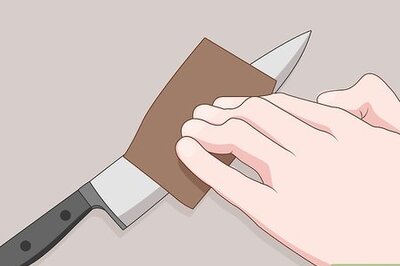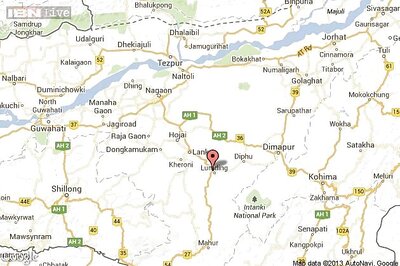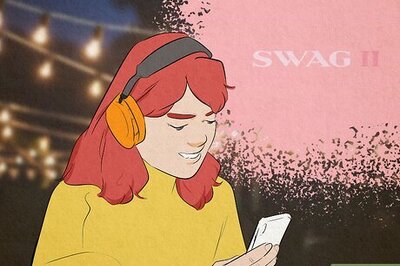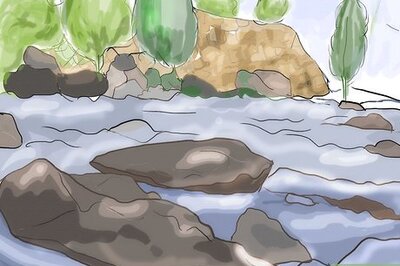
views
Washington: You find yourself in the middle of a bunch of streets and buildings in an unfamiliar neighbourhood. Giving the environment a quick once-over, you make a snap decision about whether you're safe or not. Chances are, that 'gut' call is the right one.
Binghamton University evolutionary biologists Dan O'Brien and David Sloan Wilson set out to test whether we do indeed have the capacity to judge urban neighbourhood safety just by looking at physical structures, reports the Journal of Personality and Social Psychology.
They showed participants a selection of photos taken in unfamiliar neighbourhoods and then asked them to rate what they thought the social quality in each of these environments might be, according to a Binghamton statement.
The responses were then compared to the results of a previous study O'Brien and Wilson had conducted in which participants were asked to rate their own neighbourhoods on a similar scale. Interestingly enough, the ratings between the two study groups proved very similar.
If an outsider thought a neighbourhood looked safe, people actually living were able to verify it. The question remained, however, what cues in a neighbourhood help an individual to come to these conclusions?
"Sociologists have long understood that signs of 'disorder' - loose garbage and broken windows - indicate a weak community that is vulnerable to criminal behaviour," said O'Brien.
"And further investigation verified that participants were indeed equating unkempt lawns, peeling paint and unchecked litter with a lack of safety.
"We already know that most of us use available cues to judge people we've just met. Why not neighbourhoods? The information is there, the question was just whether we pay attention to it or not."
It appears that we do, and O'Brien and Wilson have termed this ability "community perception".




















Comments
0 comment